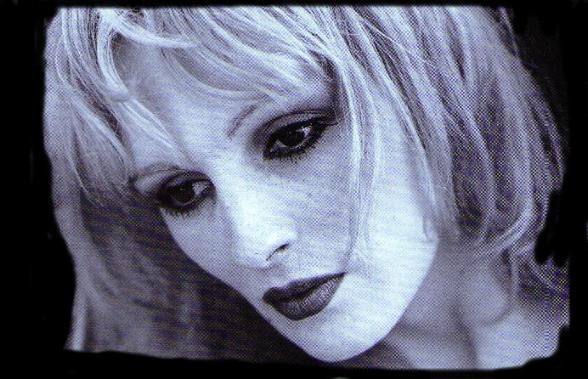

“Candy Darling” was born James Lawrence Slattery on Long
Island N.Y., in appx. 1944. A thin,
slight boy with a love for cinema and a fascination with Hollywood stars and
stardom, James spent a great deal of time watching and analyzing films and the
performers in them, a first introduction to the heady world he would eventually
try to achieve success in. He at one
time ran a Kim Novak fan club, in Massapequa, Long Island, and was said to have
enjoyed playing hooky from school, and fantasizing about being a movie
star. Some say Candy never escaped a
life of fantasy, believing always that her life was somehow - bigger than life
- and that it would oneday have a fairy tale ending.
It’s reported that everyone knew James Slattery was gay from
a young age, and it was no real surprise when he revealed his transgendered
status in the late 1960's, and moved to New York City, in order to pursue his
(soon to be ‘her’) dreams of making it in the movies and as a model. Candy
would succeed in great measure to achieve her dream, certainly to a much
greater extent than the vastest majority of her transgendered sisters, so many
of whom harbour similar dreams, somewhere in their hearts. Candy was undaunted
in the pursuit of her goals, and she tried tirelessly to achieve them until she
died tragically at a very young age.
Zsa Zsa Gabor is quoted as saying of Candy that “She was one of the
world’s most beautiful women.” As stunning as Candy was, I think that her beauty,and the beauty of her legacy, go far beyond the physical. She is and was a deity. A goddess. A queen. A Princess.
(Can you tell I think highly of her?)
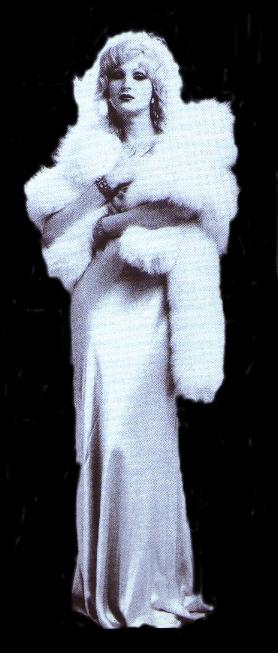
Adopting the name and persona of Candy Darling upon his
arrival in New York City, James Slattery eventually came to make the
acquaintance of renowned "pop" artist Andy Warhol, and became one of
the ‘Superstars’ of his creative playground, the infamous “Factory”, with its
attendant group of artists and hangers-on of varying levels of talent,
notoriety and later infamy. Notable also about the Factory scene of the late
60's, from this writer’s perspective, was the emergence of the fantastic
musical group The Velvet Underground, musical brainchild of Lou Reed and John
Cale, as one of Warhol’s nominal “projects” (though the band pre-dated the Factory,
under another name, and carried-on under its own steam, to say the least!) The Velvet Underground would immortalize
Candy Darling in their bittersweet, beatiful ballad “Candy Says”, a song that
many take to be a comment on the search for significance in existence,
expressed through reference to the “living metaphor” of Candy and her
transgendered/transsexual search for identity.
("What do you think I'd see....if I could walk away from *me*?") Lou Reed later went on to further
immortalize Candy in his solo hit “Walk on the Wildside”, which was sprinkled
with references to the Factory "Superstars", including the following
well-known verse:
Most of the “Factory” crowd of the late 1960s seem to
agree that, unlike the other Warhol drag-Superstars like Holly Woodlawn or
Jackie Curtis, Candy was not really a “drag queen” at all. She did not do an
“act” or outrageous parody of womanhood, but rather was a model and actress
“her”-self, casting herself in the image of Hollywood’s most glamourous
starlets, like Marylin Monroe or Jean Harlow; she sought to literally “become”
one of them, in idealized feminine form. Simply put, Candy Darling became one
of the best-known “transgendered” actors of the twentieth, or perhaps any
century. She held herself out as a woman, and felt that she was and should be
treated as a woman.
She was not “doing drag”, but could be more accurately
described as a pre-op transsexual who wished to play women’s roles in film and
on stage, and to have a modelling career as a woman. Candy knew she was
transgendered (although that comforting and validating term itself was not yet
in currency), yet she was nevertheless resolved and determined to express
herself as...herself. To Andy Warhol’s
joking question as to how often she got her menstrual period, Candy is said to
have quickly replied in her high, breathy voice “Every day, Andy. That’s how
much of a woman I am.”
Candy performed in a number of films, as well as on stage,
but never achieved the stardom she believed she was destined for. Notable
amongst her performances are those in the Warhol-associated, Paul
Morrissey-directed films starring Joe Dallesandro: “Flesh” and “Women in
Revolt”. Still, Candy was indefatigable in her belief that she was destined for
greatness and stardom, and she summed up her perception of her star-appeal like
this:
Although Candy’s career in films never “took off” before
her untimely death, she did have a relatively successful modelling career, and
some interesting roles and experiences, including cameos in ``Klute'' with Jane
Fonda and ``Lady Liberty'' with Sophia Loren, and a more significant role
onstage, acting opposite none other than Tennessee Williams, playing a female
in Williams' play ``Small Craft Warnings.''
It’s reported that neither the male nor the female actors would allow
Candy in their dressing rooms during its run. It’s unclear whether Williams
himself discriminated against Candy because she was transgendered. She was
known to be a favorite of notables such as Salvador Dali, amongst others.
Candy Darling’s desire to be a woman ultimately led to her
death, as a result of the hormones she was taking in order to further her
physical sex-transformation process. The hormone pills in question were a
Swedish product, and were later removed from the market. They caused leukemia, and that cancer of the
white bloodcells killed Candy in 1974, at the age of 30. One of the photos below is a famous portrait
of Candy on her deathbed, looking the very glamorous best she could, right up
until the end. She is said to have
suffered immensely, but to have fought with incredible courage and desire to go
on living. In a sense, Candy summed up her own life, with the following quote,
speaking of herself: "You
see, I don't think the sunrise is as good as the moonlight."
To me, her words are self-explanatory. I'll leave it to
each of you visitors to interpret and feel her words for yourself. Candy's life was too short, and was marked by
disappointments and marginalization like so many other transgendered persons,
but the divine and elegant Miss Darling broke new ground in the identity
politics of transsexuality and transvestism through her resolve to “be a star”,
in the classic mould.
We can’t expect her to have won the war for transgender
rights. She probably wasn't really that
political herself, given her self-focused nature. But through her courage, boldness and steadfast pursuit of a life
path of her own choosing, rather than one dictated to her by the moral and
social conventions of her time – Candy won a victory for us all. She should be admired and remembered fondly
for this, as well as for her extraordinary beauty. Thanks Candy!
This portion of my website is dedicated to you and the
preservation of your memory. You are one grrl worth remembering! Readers who
want to know more about Candy Darling should do some web surfing for articles
(there are several, from major newspapers etc.) Also, you may wish to purchase
Candy’s auto/biographical work “My Face for the World to See”, which is a
compilation of her letters, diary entries and drawings. A biography or two have
also been written. A full filmography
is also available out there on the web, and much of Candy’s work can be
obtained on on VHS today, with a little looking. A Hollywood film profiling the life of Miss Darling is due to be
released in the near future.
I hope you’ve enjoyed this humblest and most modest of
tributes to an immodest grrl who deserved - and still deserves - a lot better!!
"Candy came from out on the
island. In the back room, she was everybody’s Darling. But she never lost her head,
even when she was giving head. She said 'hey babe, take a walk on the
wildside'.”
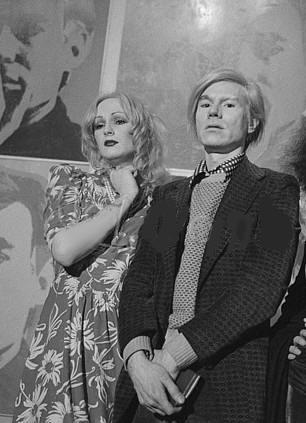
``I am a star because I have always
felt so alienated and I project this feeling to others.''
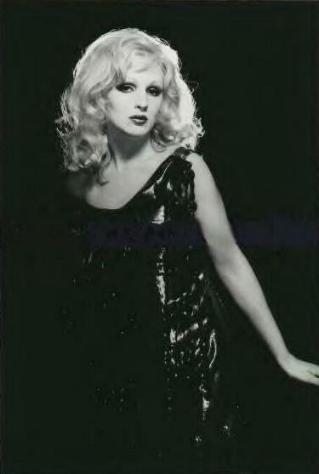
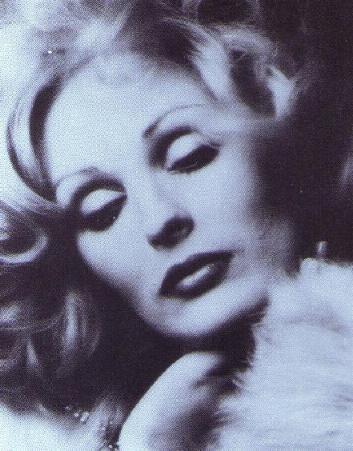
hit “back” on your
browser to return to Sean’s main page